At a Glance
Quick Tips
- Buy a wolf tag
- Consider hiring outfitters with horses to make accessing the rougher portions in this area easier
- Good fly fishing in some streams and lakes


The discussion surrounding Idaho's Unit 36-1 highlights some confusion over tag availability and draw odds, a common issue in the state's allocation system, especially for non-residents. The statewide 10% quota for non-residents dictates that no specific unit must independently offer a minimum of 10 tags for non-resident applications, which often leads to perceived discrepancies between draw odds and available tags. Significant fluctuations in application numbers, such as the jump from 11 to over 120, are indicative of hunters reacting to previous years' favorable odds, demonstrating a cyclical pattern. Hunters are advised to watch trends and be aware of the impact that platforms like GOHUNT can have on drawing likelihoods and application strategies.
Mountain goats in this area are scattered over peaks, high ridges and pinnacles in the Sawtooth Wilderness.
Hunting is excellent for a representative mountain goat with very few hunters failing to fill their tags most years. Some of the goat habitat is located miles from the closest road
This area is in the Sawtooth Range that is located northwest of Stanley Basin, west of Redfish Lake and northwest of Alturas Lake. The South Fork of the Payette River drainage is also located within this area. Some peaks higher than 10,000 feet in elevation include 10,751-foot Thompson Peak, 10,704-foot Decker Peak, 10,716-foot Mount Cramer, 10,582-foot Elk Peak, 10,208-foot Parks Peak 10,651-foot Snowyside Peak and 10,068-foot McDonald Peak.
Plan to hike to reach the high mountains where goats live. Most of the land is public and managed by the National Forest. Most goats in this area are harvested in the Sawtooth Wilderness, motor vehicles are prohibited in that area. Forest roads and some motorcycle trails get close to wilderness boundaries. Motorcycle trails that start at Alturas and Stanley lakes can offer approaches for hiking into the wilderness. Roads can reach several lakes just outside wilderness boundaries on the east side of the wilderness, including Redfish Lake, Yellow Belly Lake and Pettit Lake.
Vegetation above timberline includes low shrubs, forbs, lichens, mosses and wild grasses. Much of the land below 8,500 feet is forested, especially on northern and eastern slopes. Southern and western slopes are largely treeless and covered with sagebrush or grass and forbs. The main trees in this area are aspen, spruce, firs and pines. Meadows are scattered through the woods and can be found along both sides of most creeks. Vegetation on foothills varies from conifer forests and aspen stands to mahogany ridges with a lot of sagebrush knolls and grassy hills. Large areas are covered with trees that have died in forest fires or insect infestations.
Most hunters will backpack in or use horses. Even though there are several campgrounds near wilderness boundaries at Redfish Lake, Alturas Lake and along the South Fork of the Payette River. Areas where goats can typically be found are still far away from those locations.
Roughly 371 square miles
97.8% public land
Elevations from 6,300 - 10,700 feet
ATVs can be used on forest roads
Four-wheel-drive is recommended
Some motorcycle trails provide good access to jump-off points